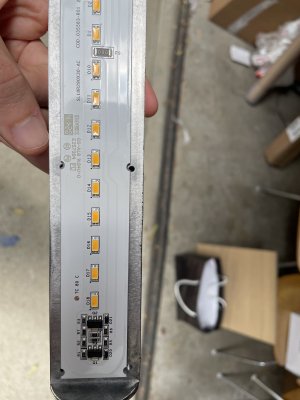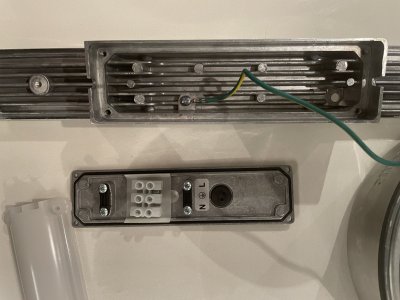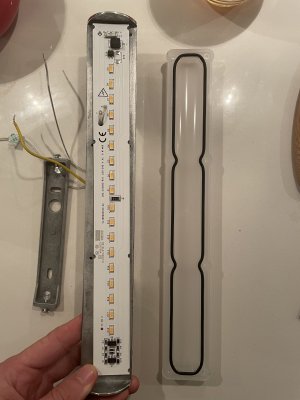ruskiantonov
n00b
- Joined
- May 9, 2021
- Messages
- 13
Hello, new to the forum, hoping I can get some help.
I bought a 220-240v led light that I need converting to 120v.
I can’t get a 120v version as they don’t make them for the US market, hope I can do some DIY alterations to make them work.
Pardon my lack of wordage around this stuff, the main line is connected to a TDK varistor 3225 K275; is this what’s regulating the power to the LED panel? Can I just replace this with the appropriate resistor to be compatible with 120v input?
I’ve attached some images, maybe they can help!
I bought a 220-240v led light that I need converting to 120v.
I can’t get a 120v version as they don’t make them for the US market, hope I can do some DIY alterations to make them work.
Pardon my lack of wordage around this stuff, the main line is connected to a TDK varistor 3225 K275; is this what’s regulating the power to the LED panel? Can I just replace this with the appropriate resistor to be compatible with 120v input?
I’ve attached some images, maybe they can help!
![[H]ard|Forum](/styles/hardforum/xenforo/logo_dark.png)



